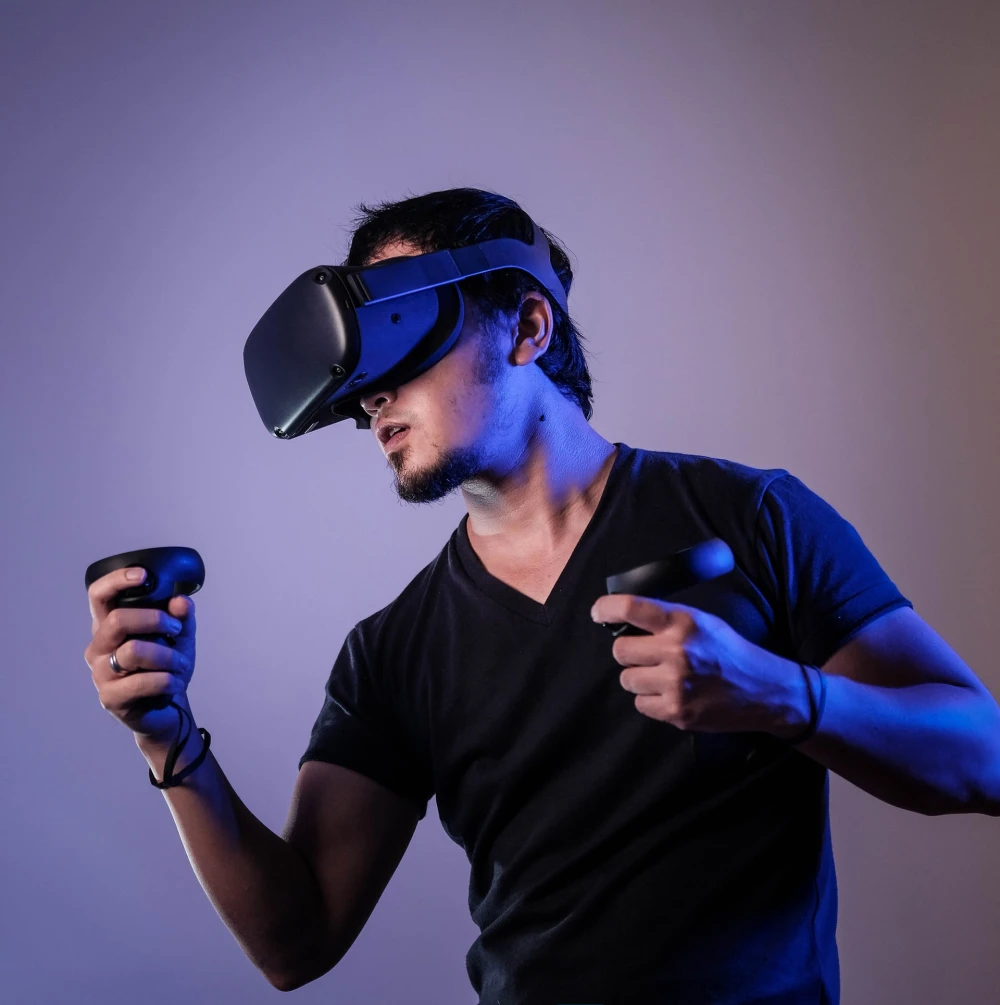The Future is Now: Exploring Emerging Tech Trends

The Rise of HealthTech: Transforming Healthcare Through Innovation
Healthcare is undergoing a massive transformation. For decades, it’s been characterized by complex systems, high costs, and often frustrating experiences for both patients and providers. But now, fueled by technological advancements and changing societal needs, a new era is dawning – the age of HealthTech. This post will delve into the burgeoning world of HealthTech, exploring its significance, current trends, potential impact, and challenges that lie ahead.
What Exactly *Is* HealthTech?
HealthTech isn’t just one thing; it’s an umbrella term encompassing a wide range of technologies applied to improve healthcare. It includes everything from wearable fitness trackers to sophisticated AI-powered diagnostic tools, telemedicine platforms connecting patients with doctors remotely, and blockchain solutions aimed at securing medical records. Essentially, if technology is being used to enhance any aspect of health – prevention, diagnosis, treatment, monitoring, or management – it falls under the HealthTech umbrella.
Why is HealthTech So Significant?
The significance of HealthTech stems from a confluence of factors. Firstly, healthcare costs are spiraling globally. HealthTech solutions offer opportunities to reduce these costs through increased efficiency, preventative care, and early detection of diseases. Secondly, an aging population worldwide means greater demand for healthcare services, straining existing resources. Thirdly, patients increasingly expect convenience and personalized care. Finally, the sheer volume of medical data generated necessitates innovative tools to analyze it and derive actionable insights.
Key Trends Shaping the HealthTech Landscape
Several exciting trends are currently defining the HealthTech landscape:
- Telemedicine & Remote Patient Monitoring: The COVID-19 pandemic dramatically accelerated the adoption of telemedicine. Now, virtual consultations, remote monitoring of vital signs (through wearables), and even digital therapeutics are becoming commonplace. This expands access to care, especially for those in rural areas or with mobility issues.
- Artificial Intelligence (AI) & Machine Learning: AI is revolutionizing diagnostics. Algorithms can analyze medical images (X-rays, MRIs) with remarkable accuracy, aiding radiologists in detecting anomalies and improving diagnostic speed and precision. AI is also being used to personalize treatment plans, predict patient outcomes, and accelerate drug discovery.
- AI in Diagnostics: Imagine an AI that can detect early signs of cancer from a routine screening – this is becoming reality.
- Personalized Medicine: AI algorithms analyze individual genetic profiles and lifestyle factors to tailor treatment strategies for optimal effectiveness.
- Wearable Devices & IoT (Internet of Things): Smartwatches, fitness trackers, and other wearable devices are continuously collecting data on heart rate, sleep patterns, activity levels, and more. This data feeds into HealthTech platforms, enabling proactive health management and early detection of potential problems.
- Blockchain for Healthcare Data Security: The sensitive nature of medical records makes them a prime target for cyberattacks. Blockchain technology offers the promise of enhanced security and interoperability, allowing secure sharing of patient data between providers while maintaining patient control.
- Virtual Reality (VR) & Augmented Reality (AR): VR is finding applications in pain management (distraction techniques), physical therapy (creating immersive rehabilitation environments), and even surgical training. AR can overlay digital information onto a surgeon’s view during procedures, improving accuracy and reducing errors.
- Digital Therapeutics: These are evidence-based software programs that deliver therapeutic interventions to patients, often used alongside or instead of traditional treatments for conditions like anxiety, depression, and diabetes.
Potential Impact Across Healthcare Sectors
The potential impact of HealthTech is vast, spanning numerous healthcare sectors:

- Preventive Care: Wearables and AI-powered apps empower individuals to proactively manage their health and prevent disease through personalized recommendations and early warning signs.
- Diagnostics & Treatment: AI-assisted diagnostics improve accuracy and speed up diagnosis, while personalized treatment plans based on genetic profiles maximize effectiveness.
- Drug Discovery & Development: AI algorithms accelerate the identification of promising drug candidates and streamline clinical trials, reducing time to market for new medications.
- Hospital Operations: HealthTech solutions optimize hospital workflows, reduce administrative burdens, and improve patient safety through real-time monitoring and data analysis.
- Mental Healthcare: Digital therapeutics and telehealth platforms increase access to mental health services, especially for those facing geographical or financial barriers.
Challenges & Considerations
Despite the immense potential of HealthTech, several challenges must be addressed:
- Data Privacy & Security: Protecting sensitive patient data is paramount. Robust security measures and adherence to regulations like HIPAA are crucial.
- Interoperability: Different healthcare systems often use disparate technologies that don’t easily communicate with each other. Improving interoperability is essential for seamless data exchange and coordinated care.
- Regulatory Hurdles: Navigating the regulatory landscape (FDA approval, reimbursement policies) can be complex and time-consuming for HealthTech companies.
- Ethical Considerations: AI algorithms are only as good as the data they’re trained on. Addressing potential biases in datasets is crucial to ensure fairness and prevent discriminatory outcomes. Bias in AI is a serious concern that needs careful attention.
- Digital Divide & Accessibility: Ensuring equitable access to HealthTech solutions for all populations, regardless of socioeconomic status or geographic location, is essential to avoid exacerbating existing health disparities. The digital divide can create barriers for vulnerable populations.
- Cost and Reimbursement: Demonstrating the cost-effectiveness of HealthTech interventions and securing reimbursement from payers (insurance companies) are critical for widespread adoption.
Looking Ahead
HealthTech is poised to reshape healthcare as we know it. As technology continues to evolve, we can expect even more innovative solutions to emerge – from nanobots delivering targeted drug therapies to AI-powered virtual nurses providing personalized support. Addressing the challenges outlined above will be key to unlocking the full potential of HealthTech and creating a future where healthcare is more accessible, affordable, and effective for everyone.
The future of health is undeniably intertwined with technology, and HealthTech is leading the charge.



